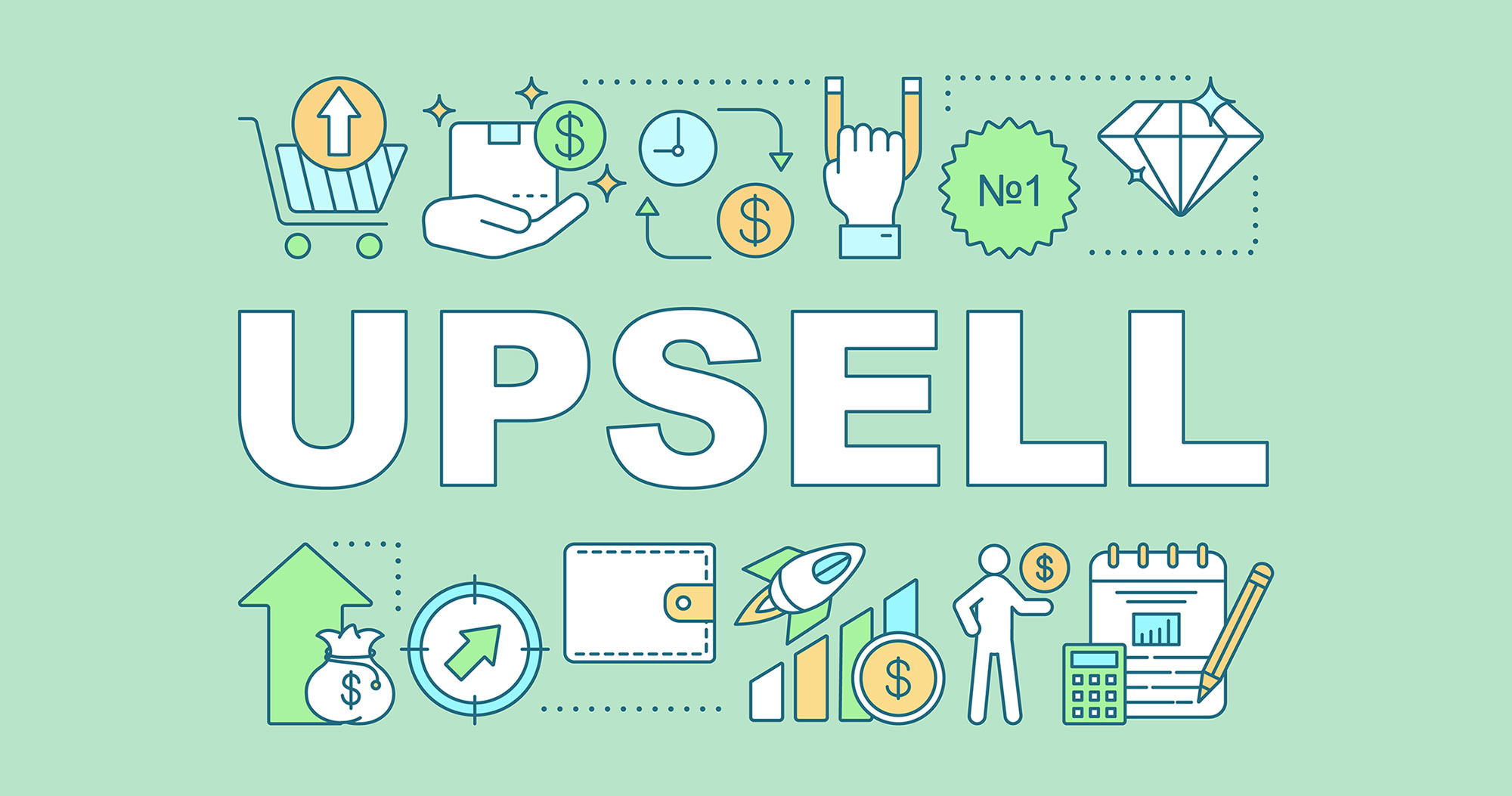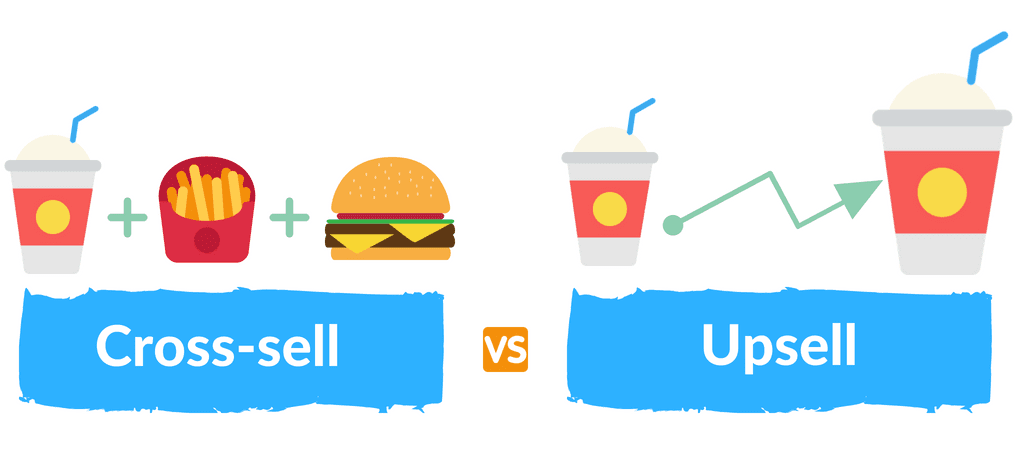Upselling and Cross-Selling: Strategies to Maximize Customer LTV

Table of Contents
What is upselling?
Upselling is a strategy in which a sales rep recommends a more expensive option than what is currently being considered or used. For instance, in the case of a SaaS (software as a service) business, typically they will offer 3 or 4 different subscription options, each with their own set of features and limitations. Another example could be a salesperson in a BestBuy trying to get you to buy the latest edition of the iPhone claiming it has a better camera than the cheaper version you were going to get.
What is cross-selling?
Cross-selling is a sales technique in which a sales rep suggests additional products or services to a customer and encourages them to buy more. For example, a car salesman could be selling a minivan to a couple that are about to have a baby, and he could then offer to throw in a car seat at a discounted price.
With cross-selling, you need to determine what exactly the customer’s needs are so that you can suggest more services. Of course, this strategy doesn’t work if you’re trying to add-on services they don’t have a present need for.
The difference between upselling and cross-selling

To briefly sum up the difference, Upselling is when you offer higher-end, more expensive options to the customer, whereas cross-selling means to suggest entirely new products/services to add on and complement what the customer is buying or already using. Both techniques can be used to increase the lifetime value (LTV) of your customers.
Advantages of upselling and cross-selling
Improved customer satisfaction
If you can solve even more of the challenges your client is facing by offering additional services or alternate plans, then their overall satisfaction with your company will increase.
Grow your sales revenue more efficiently
The cost of selling to your existing clients is much lower than going through the process of generating leads and nurturing them into customers. Typically, with existing clients you will already have built a personal relationship and they will likely have a positive view of your company. This means you’ll receive much less resistance when trying to sell to your current clients, and you can thus increase the LTV of each customer efficiently by cross-selling and upselling.
How to upsell and cross-sell successfully
1. Let customer success handle it
Our key piece of advice is to not try to force these add-ons on your customer, as that can turn them off and even lose you the original sale. Instead, to upsell and cross-sell in a more suave manner, we recommend that you leave it mainly to your customer success team.
In case you don’t have a customer success team or are unfamiliar with the concept, customer success is the group that follows-up with clients after the purchase, and guides them on how to best use the product to get results. During this onboarding period, the customer success reps spend a lot of quality time teaching the clients and develop a good relationship and they become very familiar with the client’s unique set of challenges and needs.
When they are starting to get concrete results with the first product, then the customer success rep can introduce another related service they could clearly benefit from or suggest that they upgrade to the next level plan to accomplish even more with the current product.
2. Be conscious of customer loyalty
Keep track of the level of engagement shown from each customer and try to measure their loyalty to your brand. There are multiple ways to do this, such as through a Net Promoter Survey (NPS) or by counting the times they attend your online events. You’ll find that it is much easier to approach existing clients by cross-selling or upselling if they are already fans of your brand and other products.
What is Net Promoter Score (NPS)?
3. Don't mess up the timing of your approach
If the timing of your approach is off, the customer may feel like you’re just trying to squeeze them for profits and your relationship could take a serious hit. One way to always reach out at the right timing is to base your approach on data.
With marketing automation, you can track your existing clients whenever they engage with your brand online, such as by visiting your site, opening an email, or clicking on a facebook ad. If they’re looking at the details of another one of your products, and then proceed to download the brochure or attend your seminar to learn more, then clearly they have some present needs that said product may be able to solve. Armed with this knowledge, you can smoothly reach out with further info and offer to meet with them to give a quick demonstration, and bam! Before you know it, you’ve successfully cross-sold a new product.
Summary
Upselling and cross-selling are both key strategies in sales that allow you to increase your sales revenue without needing to go out and search for new customers. If you have products and services that complement each other, do consider building a business model that focuses on existing clients and personalize your marketing messages to this group, rather than only chasing after new leads. With your existing clientele, they alreadly likely have a good impression of your brand and are generally happier to consider another service of yours than a new lead with whom you have no previous relationship.
Related articles:
How to Startup Inside Sales in Your Organization
What is Relationship Marketing? Definition, Benefits, and Strategies

.jpg)
.jpg)
.jpg)


